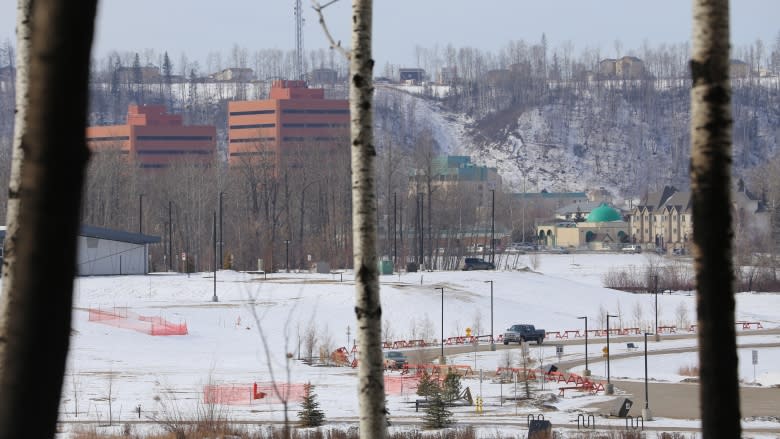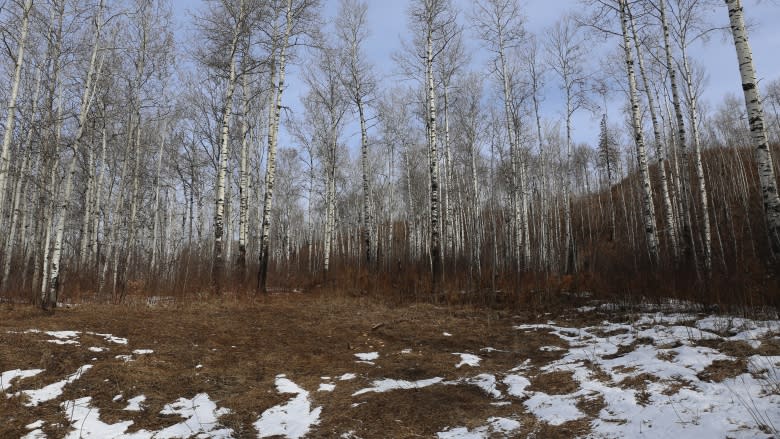Low risk of major wildfire in Fort McMurray this summer, researcher says
The risk of another uncontrollable and devastating wildfire raging through Fort McMurray this year is low, says one of Canada's leading wildfire researchers.
Fort McMurray is still rebuilding after a wildfire tore through the area and forced almost 90,000 people to evacuate in May 2016. The wildfire made ash of 2,400 structures and damaged many more.
University of Alberta wildfire researcher Mike Flannigan expects there may be small wildfires this spring and summer around the northern Alberta city, but he stresses the explosiveness and intensity of those fires won't be as large or as damaging as the one that reached the city in May.
This is because last year's wildfire consumed most of the coniferous trees, which are more susceptible to wildfire and burn with a greater intensity. The fine, coarse, woody material which carpets forests and accelerated the flames last summer is also gone, Flannigan said.
The Fort McMurray wildfire consumed around 741,550 hectares of forest, or 81 per cent of the total area burned by wildfires last year in Alberta.
"If you do get fire it will probably just be a smaller patch," Flannigan said. "It won't spread very far. And if it does spread, it will be lower in intensity. So it will be easier for a fire crew to put out."
Alberta Agriculture and Forestry will present its summer wildfire forecast for the Fort McMurray area on Wednesday night during a meeting of the Regional Municipality of Wood Buffalo's recovery committee.
Flannigan and Alberta Forestry documents indicate wildfires should not pose a serious risk to the community. Flannigan says the community should not see another major wildfire in the next 10 to 20 years.
53 per cent less snowfall this winter
Alberta Forestry notes Fort McMurray saw less snow this winter.
According to its estimates, winter 2016/17 saw 53 per cent less snow than normal, making it Fort McMurray's 10th driest winter since Environment Canada began keeping records.
But Flannigan cautions winter snowfall levels alone are not a strong predictor of the intensity of summer wildfires.
"Once the snow is gone and you get dry weather, you can have significant fires, because all the fire needs to carry are those dead tree needles and leaves," Flannigan said.
That's why Flannigan said he will be watching closely over the next couple of weeks to see how much rain Fort McMurray and other northern Alberta communities receive.
The wildfire researcher said forest fires often ignite during the spring, or during a window when the snow melts and the forests begin to re-green.
Environment Canada forecasts normal amounts of precipitation for Fort McMurray this spring, but meteorologist Kirk Torneby said these normal amounts of precipitation could still be more than the region received the previous year.
"Looking back to last spring, it was obviously a lot drier than normal especially as we moved through the first couple months of spring," Torneby said.
Follow David Thurton, CBC's Fort McMurray correspondent, on Facebook, Twitter and via email.



